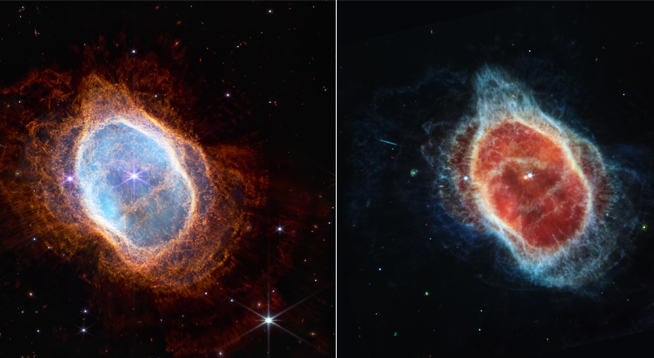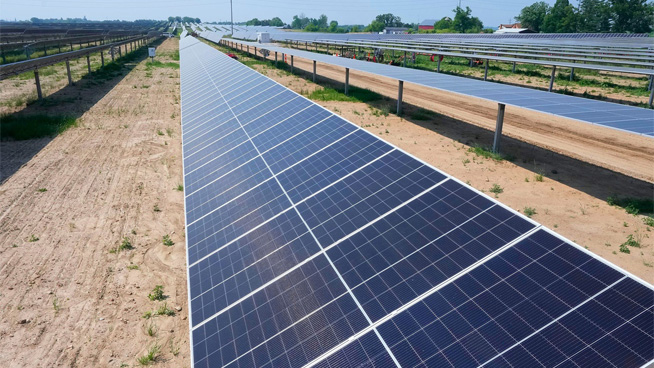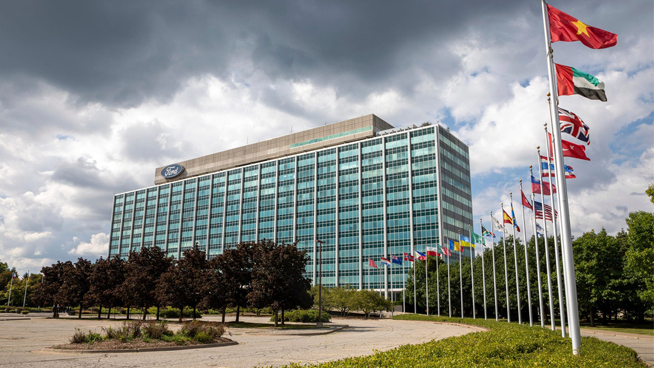 Photo: NASA / USA Today
Photo: NASA / USA Today
THE FINAL FRONTIER, January 20, 2022 ~ Earlier in January, NASA announced a successor to the James Webb Space Telescope (JWST), named the Habitable Worlds Observatory (HWO), which will be used to search for a planet with alien life.
The telescope, which is expected to be 20 feet long and cost $11 billion, will be sent nearly 1 million miles from the Earth to the L2 — the second of five “Lagrangian points” discovered by mathematician Joseph-Louis Lagrange.
A Lagrange point is a balance point between the gravitational pull and orbital forces in a celestial body — in this case directly behind the Earth when viewed from the sun — where spacecraft can “hover” in the same relative space.
This point is ideal, as the telescope, and any robotic service drones sent to repair or upgrade the HWO, can be “anchored” behind the Earth and shield them from the sun’s radiation. While the Hubble Space Telescope was close enough for scientists to manually service, the JWST is not able to be fixed or upgraded if something happened to it, and the HWO project will rectify that.
The HWO is expected to be completed in the 2040s, though suggested budget adjustments could see the HWO’s first mission as early as 2035.
760 WJR TOP STORIES:




